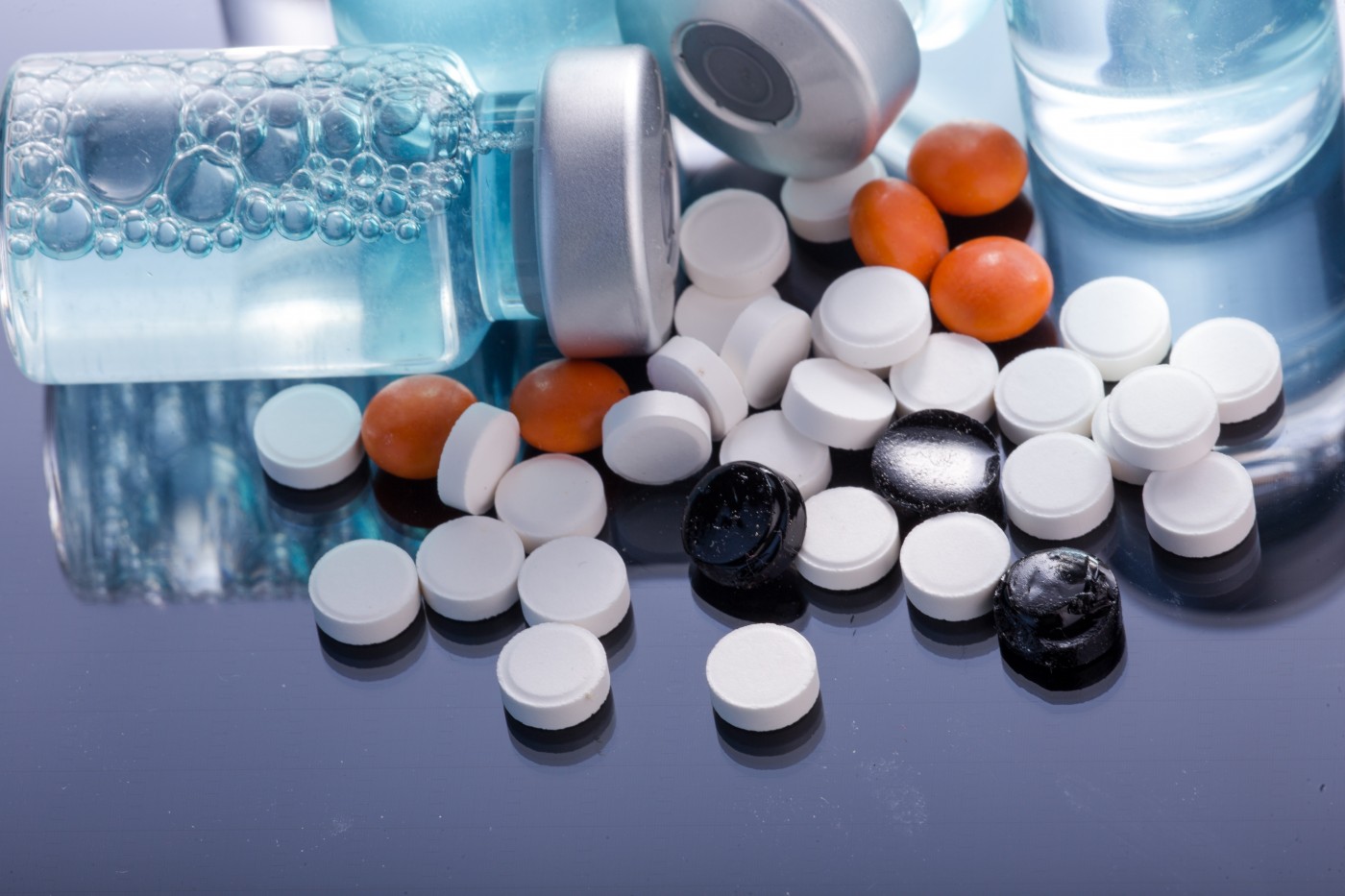#ECTRIMS2016 – Lemtrada and Tysabri Seen as Most Effective Therapies for MS in 5-Year Study
Written by |

A five-year study comparing the efficacy of different treatments for relapsing-remitting multiple sclerosis (RRMS) found that, in general, Lemtrada (alemtuzumab) and Tysabri (natalizumab) are more effective as therapies than Gilenya (fingolimod) and interferon β.
Study results were presented in an oral presentation, “Comparison of 5-year treatment outcomes between alemtuzumab versus natalizumab, fingolimod and interferon β-1a,” given at the 32nd Congress of the European Committee for Treatment and Research in Multiple Sclerosis (ECTRIMS), in London, that concluded on Sept. 17.
Lemtrada is a highly effective monoclonal antibody that binds to CD52, a protein present on the surface of mature lymphocytes (immune cells) that are involved in MS development. Previous studies have shown that Lemtrada is more efficient compared to interferon β therapy in RRMS patients. How Lemtrada acts relative to other potent MS drugs, however, was not known.
Researchers compared the treatment effectiveness of Lemtrada versus Tysabri, Gilenya, and interferon β, all therapies for RRMS.
Tysabri is a humanized monoclonal antibody against the cell adhesion molecule α4-integrin that is able to reduce inflammation. Gilenya is an immunosuppressant, preventing immune cells from reaching the central nervous system (brain and spinal cord).
The study’s main outcomes were analyzed based on the annualized relapse rates (ARR) and six-month confirmed EDSS (Expanded Disability Status Scale) progression or regression events.
To test and compare the drugs’ efficacy, researchers assessed 3,936 MS patients (72% female, median age 35, median EDSS of 2.5, median follow-up of 2.9 years) from the MSBase Registry and MS centers in Cambridge, Cardiff, Bristol, Swansea, Dublin and Dresden.
Specifically, the study included 189 MS patients treated with Lemtrada, 828 treated with Gilenya, 1,160 patients treated with Tysabri, and 2,155 treated with interferon.
Compared to interferon, Lemtrada was associated with lower ARR, lower risk of EDSS progression, and a more likely EDSS reduction in patients with previously highly active MS. Lemtrada ARR was also lower when compared to Gilenya treatment.
Of note, no differences in ARR and EDSS progression were found between Lemtrada and Tysabri, although the likelihood of EDSS reduction was higher in patients under Tysabri treatment.
In conclusion, the results reproduce the main outcomes of previous clinical trials and confirm a higher efficacy of Lemtrada relative to interferon β. Additionally, Lemtrada is more efficacious at reducing ARR when compared to Gilenya. Both Lemtrada and Tysabri show similar effects on relapse activity, although Tysabri is associated with a greater reduction in disability.
Several of the researchers involved in the study reported belonging to scientific advisory boards of companies, or to having received support from them, namely Almirall, Bayer, Biogen, GlaxoSmithKline, Merck, Novartis, Roche, Sanofi-Genzyme and Teva, among others.





